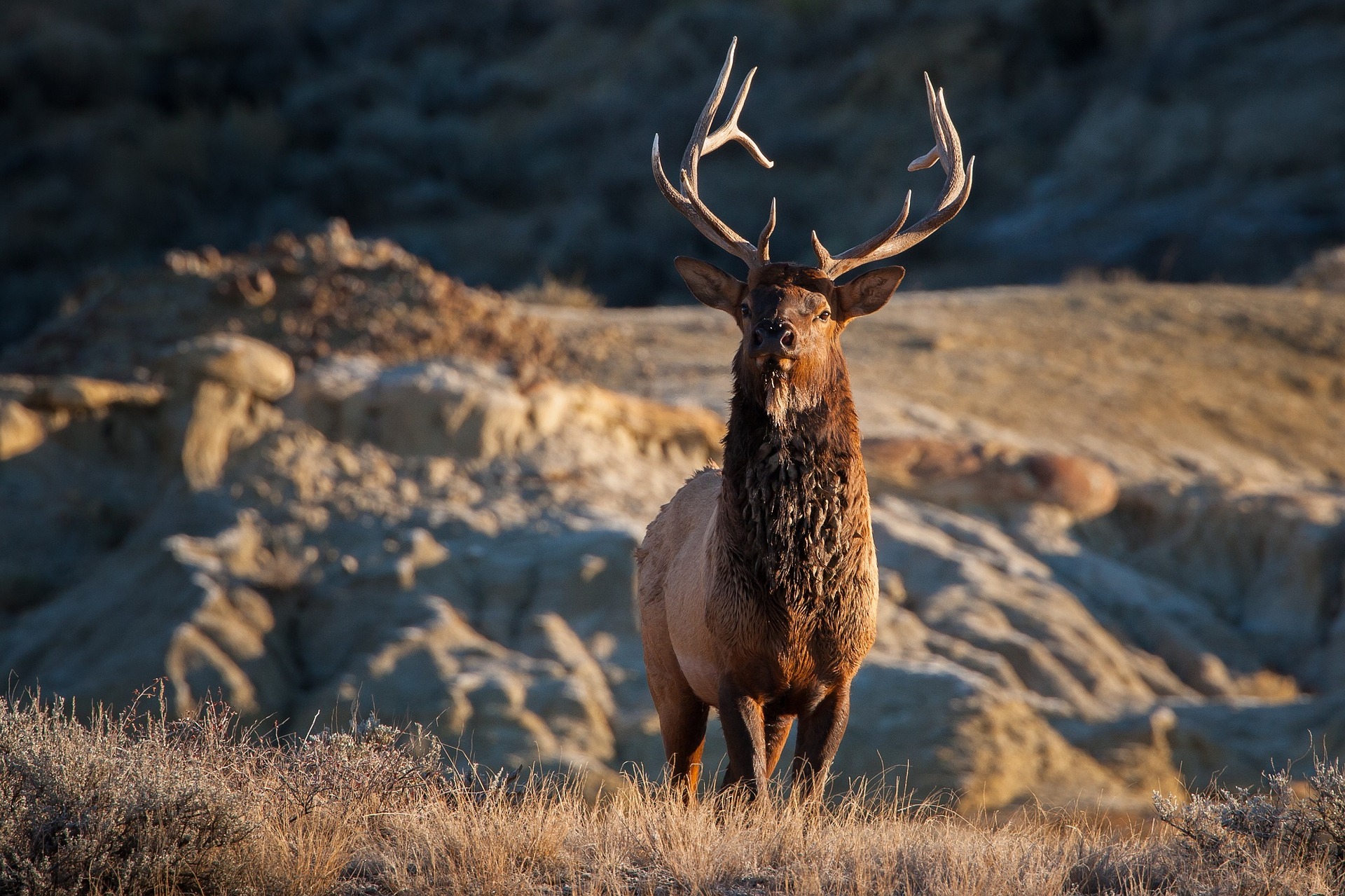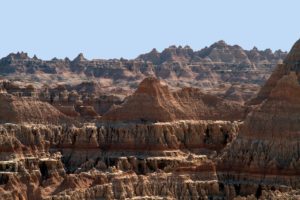We have much more to do and your continued support is needed now more than ever.
National Monuments Fundamental to Roosevelt’s Playbook for Public Lands

President Theodore Roosevelt had a clear purpose. He once called public lands our “most glorious heritage,” and wrote “there can be no greater issue than of conservation in this country.” During his administration, Roosevelt was responsible for protecting 150 national forests, 51 federal bird preserves, 4 federal wildlife preserves, 18 national monuments, and 5 national parks. Altogether, he left a conservation legacy of roughly 230 million acres across the United States.
But his contributions go far beyond just the physical protection of public lands. In fact, the Antiquities Act, a small  piece of legislation that Roosevelt signed in 1906, has had a ‘monumental’ impact upon the landscape of American conservation. Used by sixteen presidents to date, from Roosevelt to Obama, the Antiquities Act gives the president the power to create national monuments from public lands to protect significant natural, cultural, or scientific features. In fact, the Antiquities Act is the original authority for creating nearly a quarter of the national park system. Many of our iconic national parks would not exist without President Roosevelt, including the Badlands and the Statue of Liberty, as well as Acadia, Zion, and Olympic National Parks, and most notably the Grand Canyon – which Roosevelt himself designated as a national monument in 1908, deeply concerned about how development had already impacted the canyon’s landscape.
piece of legislation that Roosevelt signed in 1906, has had a ‘monumental’ impact upon the landscape of American conservation. Used by sixteen presidents to date, from Roosevelt to Obama, the Antiquities Act gives the president the power to create national monuments from public lands to protect significant natural, cultural, or scientific features. In fact, the Antiquities Act is the original authority for creating nearly a quarter of the national park system. Many of our iconic national parks would not exist without President Roosevelt, including the Badlands and the Statue of Liberty, as well as Acadia, Zion, and Olympic National Parks, and most notably the Grand Canyon – which Roosevelt himself designated as a national monument in 1908, deeply concerned about how development had already impacted the canyon’s landscape.
In 2017, the fight to protect our public lands continues. Thanks in no small part to Roosevelt’s legacy, America has accomplished incredible things for land conservation. But threats remain. There have been repeated legislative attempts in Congress to sell-off or transfer public lands to the states or private interests. Most recently, some members of Congress have called upon President Trump to roll-back existing national monument designations, such as Bears Ears in Utah and Katahdin Woods and Waters in Maine.

This is Ryan Zinke’s second full week as the new Secretary of the Interior, a position that oversees the management of one-fifth of the land in the United States. National Wildlife Federation believes that the Secretary of Interior’s top responsibility is to fulfill what President Roosevelt called “the great central task of leaving this land even a better land for our descendants than it is for us.” Mr. Zinke is an “unapologetic admirer of Teddy Roosevelt.” As he crafts his own public lands legacy, we hope that Secretary Zinke will look to Roosevelt’s example and follow in his footsteps as a fighter for and a steward of America’s public lands. When called upon for advice by President Trump, we urge Secretary Zinke to oppose the roll-back of any national monuments, and remain true to his earlier comments in support of federal land protections.
MAKE YOUR VOICE HEARD: Join us in calling on Congress to stop the loss of national parks, forests, monuments & wildlife refuges!
Take ActionTell your Members of Congress: Back off, change course, and stand up for America’s public lands and wildlife.





















